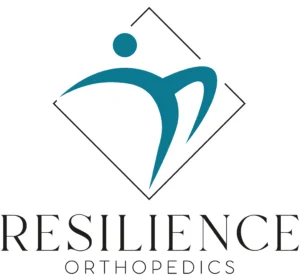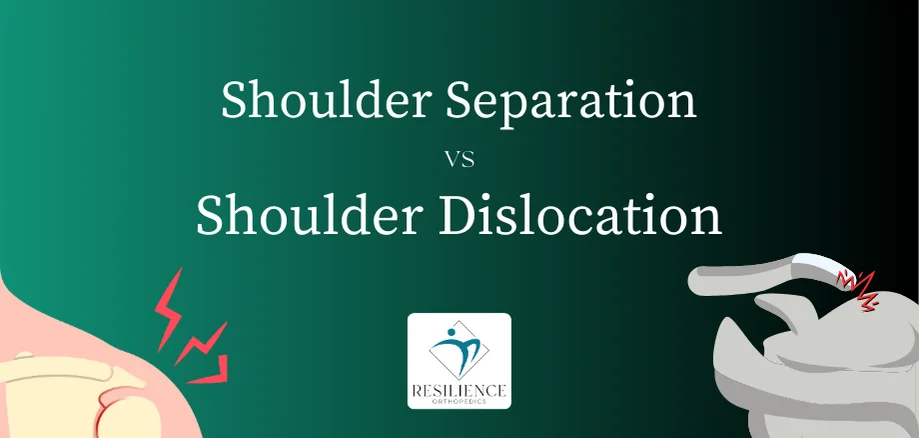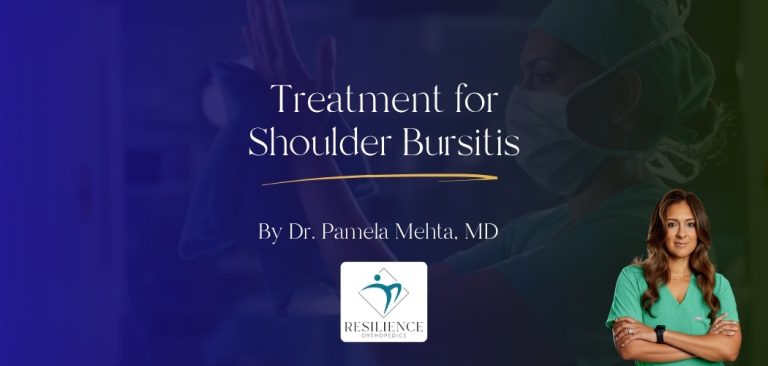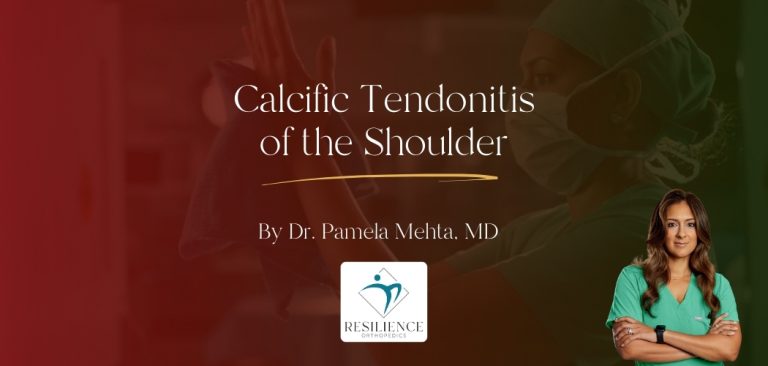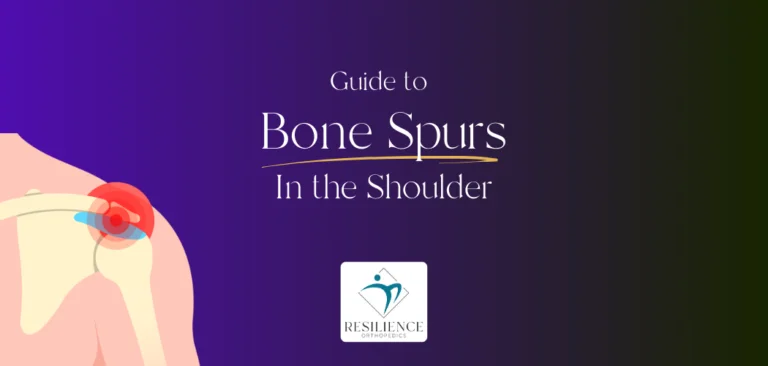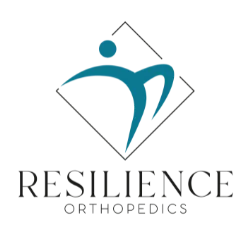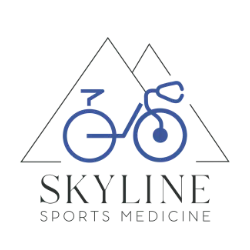Table of Contents
As the ball-and-socket joint, the shoulder has the most elaborate range of motion. The shoulder facilitates movement, enables activities such as reaching or lifting, and stabilizes our arms.
While shoulders work hard to support our activities, they’re prone to injury. Shoulder separation and dislocation are common injuries but widely misunderstood. They’re often mistaken for one another. However, they’re not the same.
Below, we’re going to focus on shoulder separation vs dislocation.
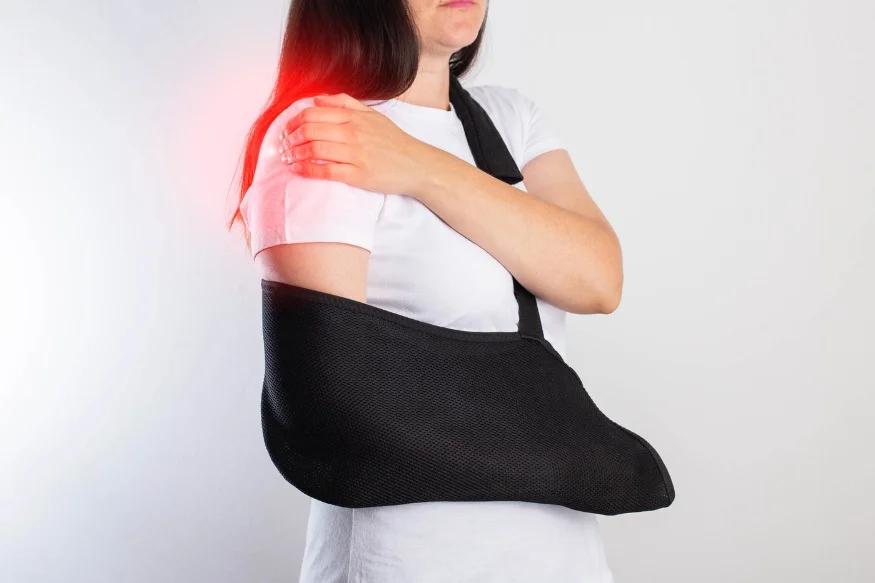
What is Shoulder Dislocation?
Shoulder dislocation is an injury wherein the humerus (upper arm bone) comes out of the shoulder joint. Should is the most commonly dislocated major joint in your body. The reason for that is the fact your shoulder is the body’s most flexible joint.
There are three types of shoulder dislocations. These include:
- Anterior or forward: the most common type of dislocation, the head of the upper arm bone moves forward in front of the socket.
- Posterior or backward: an uncommon type of dislocation, the head of the arm bone moves behind and above the socket.
- Inferior or bottom: the least common type of dislocation, the head of the arm bone pushes downward and out of the socket in the direction of the armpit.
A dislocated shoulder may involve damage to other tissues, such as ligaments, muscles, tendons, cartilage, blood vessels, and nerves.
Book a Consultation with Dr. Pamela Mehta, MD
The Best Orthopedic Surgeon in San Jose
Dr. Mehta is a board-certified orthopedic surgeon who can help you recover from your joint condition. If you:
- Are Suffering From Pain and Mobility Issues
- Need Orthopedic Assessment and Advice
- Want Treatment From a Top Orthopedic Doctor
We Can Help
What is Shoulder Separation?
A shoulder separation is an injury to the acromioclavicular (AC) joint. Another name for this injury is AC joint separation. The AC joint is the place where the clavicle (collarbone) meets the acromion (the highest point of the shoulder blade). For that reason, shoulder separation is not an injury of the shoulder joint itself, but the ligaments around the AC joint.
In this injury, ligaments are torn. When that happens, the joint loosens and causes separation of the collarbone and shoulder blade. Although the AC joint and other tissues are injured, the main ball-and-socket joint of the shoulder doesn’t suffer any damage. The AC joint injuries account for 12% of all injuries of the shoulder.
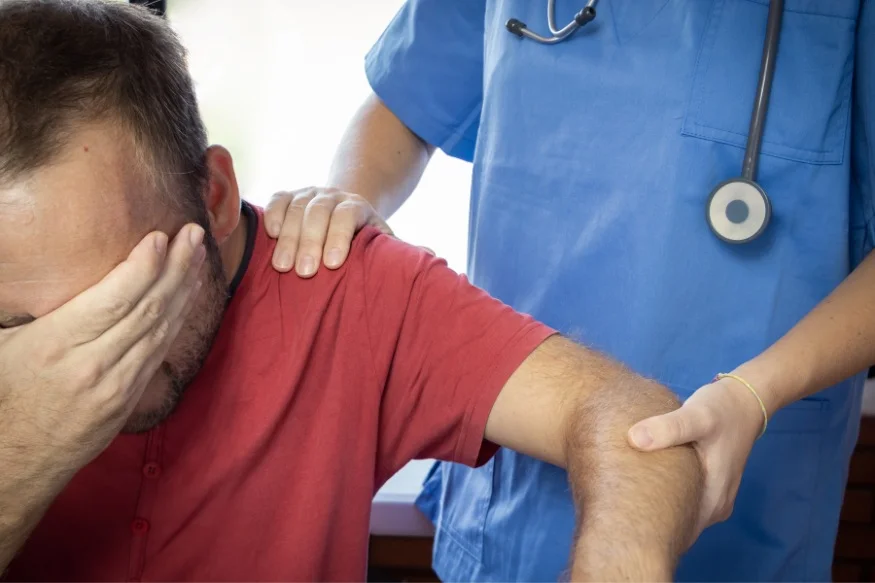
Signs and Symptoms
Shoulder injuries such as separation and dislocation cause various symptoms. The intensity of symptoms depends on the severity of the injuries. The best way to understand the shoulder separation vs. dislocation differences is to compare their symptoms side by side.
Below, you can take a look at the symptoms of both injuries and how they differ.
Dislocation
Symptoms of shoulder dislocation may vary from one person to another. They usually include the following:
- Pain in the upper arm or shoulder
- Pain worsens with movement
- Swelling and bruising
- Weakness, numbness, and tingling in arms, hands, or fingers
- Shoulder deformity i.e., lump in the front or back of the shoulder
- Inability to move the joint
- Muscle spasms
Separation
Symptoms of shoulder separation depend on the grade of the injury. For instance, symptoms of grade 1 are mild, grade 2 symptoms are moderate, and grade 3 symptoms are severe. Generally speaking, symptoms of shoulder separation include:
- Pain at the top of the shoulder
- Bump or bulge at the top of the shoulder
- Swelling and bruising at the injury site
- Tenderness when touching the affected area
- Limited range of motion
- Weakness or instability of shoulder and arm
- Poking sound when moving shoulder
- Shoulder dropping or hanging longer than normal
- Deformity (in severe cases)
The Difference – Shoulder Separation vs Dislocation
In terms of symptoms, a shoulder dislocation is a more serious injury. At first glance, the symptoms may seem similar. Both injuries involve shoulder pain, limited range of motion, and even deformity. In shoulder separation, deformity occurs in more severe cases. Dislocation may involve deformity too, but it may not always happen.
Symptoms such as bumps appear on top of the shoulder in people with shoulder separation. However, in shoulder dislocation, you’re more likely to see a bump or lump at the front or back of the shoulder.
Shoulder dislocation is associated with more intense pain than shoulder separation. While pain in a separated shoulder affects primarily the top of the shoulder, dislocation is associated with pain in the upper arm and shoulder.
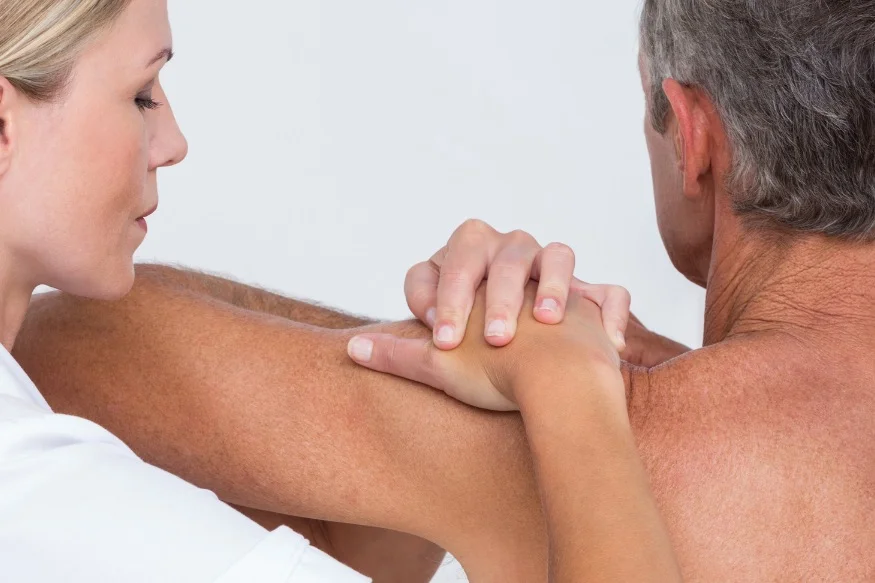
Causes
Shoulder injuries result from a wide range of causes, including wear and tear and trauma. Below, you will learn more about the causes of shoulder separation and dislocation.
Dislocation
Shoulder dislocation occurs when a sudden blow to the shoulder pulls the bones out of place. People sustain shoulder dislocation due to various reasons, including sports injuries, trauma not related to sports, and falls. Shoulder dislocation is a common injury in people who participate in contact sports such as hockey and football. However, it’s also common in sports that carry a high risk of falls, such as gymnastics.
Car accidents that involve a hard blow to the shoulder may cause dislocation too. While anyone can sustain this injury, it’s more common in adolescents and young adults, especially athletes.
Just like shoulder separation, dislocation is more common in men. In fact, men are twice as likely to dislocate their shoulders as women.
Separation
Shoulder separation may result from a direct fall on top of the shoulder or outstretched arm. Sustaining a direct blow to the shoulder can cause this injury too. People may sustain this injury from sports and car accidents. Sports that may cause shoulder separation include football and rugby.
Young, active people are more prone to injuries affecting the AC joint. Evidence shows that men are five times more likely to develop AC joint injuries than women. The highest incidence of these injuries is in the 20-30 age group.
The Difference
Situations that cause shoulder separation and dislocation are similar. Both types of injuries tend to result from trauma or sports activities. Their mechanism of action is what sets them apart.
In shoulder separation, a forceful impact stresses or tears ligaments connecting the shoulder blade and collarbone. Shoulder dislocation, however, occurs when a powerful impact or trauma pushes the upper arm bone out of the shoulder socket. In people with a dislocated shoulder, a fall, trauma, or impact doesn’t push the upper arm bone out of its socket.
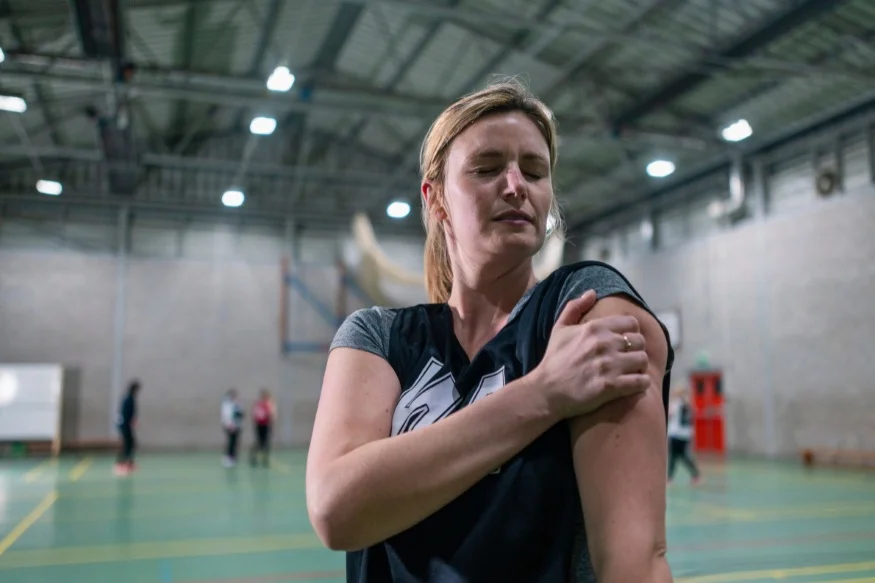
Treatment
The primary objective of the treatment is to relieve symptoms such as pain and improve mobility and stability of the shoulder. Below, you can look at treatment approaches for separated shoulder vs dislocation.
Dislocation
A person with symptoms of a dislocated shoulder should seek medical attention immediately. The main goal is to get the arm back into its socket. This approach is called closed reduction or manipulation. It’s a non-surgical procedure where a healthcare provider aligns your shoulder manually.
Besides closed reduction, treatment of shoulder dislocation may involve the following approaches:
- Pain relievers or muscle relaxants to alleviate pain and improve comfort
- Immobilization through a splint or sling that holds the shoulder in place
- Avoidance of activities that put stress on the shoulder
- Physical therapy to regain strength and improve range of motion
- Surgery (in severe cases)
Separation
Treatment of shoulder separation depends on the severity of the injury. In most cases, the treatment includes:
- Applying ice packs or cold gels on the injured area
- Over-the-counter pain medications such as ibuprofen, acetaminophen, or aspirin to relieve pain
- Resting the joint
- Stabilizing the joint with an arm sling
- Physical therapy or an exercise program to strengthen ligaments and muscles of the shoulder and improve range of motion
- Movement restriction (no heavy lifting)
Most cases of shoulder separation heal without surgery. In most severe instances, patients may need shoulder surgery.
The exact surgery varies from one case to another. Sometimes it’s necessary to shave the end of the collarbone so it doesn’t rub against the shoulder blade. Also, some patients may need to undergo a surgical procedure that reattaches torn ligaments to the underside of the collarbone.
Ready to Recover?
Take the first step in getting back to your normal self, and book an appointment with Dr. Mehta today.
We’re ready when you are!
The Difference
Treatment for shoulder separation relies on getting enough rest, taking pain relievers when necessary, and movement restriction.
While these approaches are also necessary for a dislocated shoulder, the first and most important treatment approach is to pop the shoulder back into its position. Pain relievers and other treatments follow, but the crucial thing is to pop the arm back. However, you shouldn’t do this yourself. Don’t let anyone else, except a healthcare professional, perform a manipulation of your dislocated shoulder.
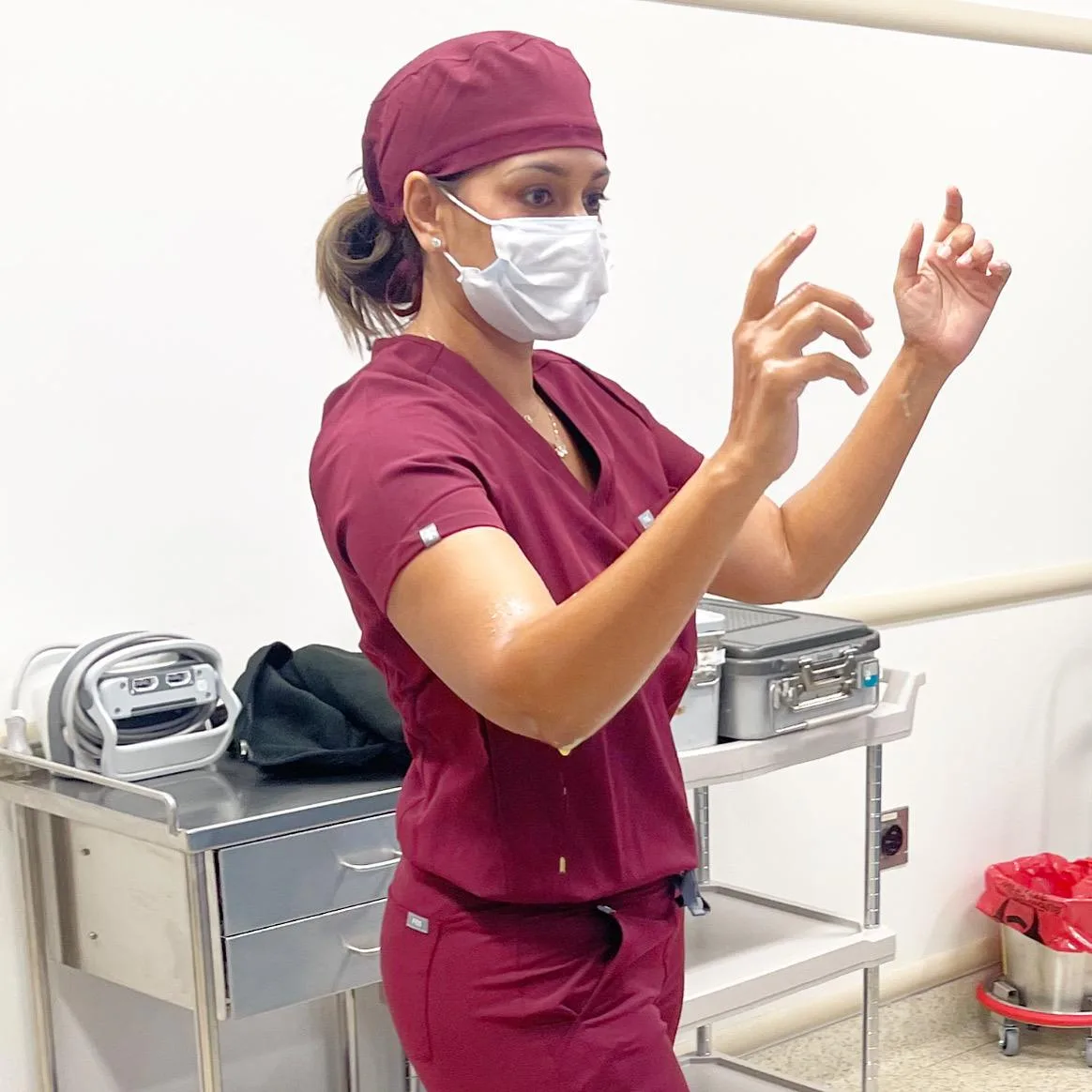
Recovery Time
Recovery time depends on the severity of the injury and adherence to the treatment protocol. Here’s how shoulder separation and dislocation compare in this department.
Shoulder Dislocation
Shoulder dislocation takes 12 to 16 weeks to recover completely. You can stop wearing a sling after a few weeks. Within two weeks, you can resume most activities. However, it’s important to avoid heavy lifting and other vigorous activities for six weeks to three months.
Shoulder Separation
Most people recover from shoulder separation within two to 12 weeks. The exact timeline depends on the grade of the injury. A grade 1 injury takes three days to two weeks to recover. The recovery from a grade 2 injury lasts two to four weeks. The length of recovery for grade 3 injury is six to 12 weeks. For patients who undergo surgery, the recovery lasts four to six months.
The Difference
The recovery time for shoulder separation is shorter compared to the recovery period for a dislocated shoulder. Since shoulder dislocation is a more serious injury, the recovery timeline tends to be longer, especially for athletes. To ensure a smooth recovery process, make sure to adhere to the treatment protocol.

Conclusion
Although shoulder separation and dislocation have many similarities, they’re different types of injury.
Dislocation is a more severe injury with a lengthier recovery. Symptoms of these injuries are similar, but their location is what sets them apart. Pain and deformity in shoulder separation occur on top of the shoulder. On the flip side, a dislocated shoulder exhibits pain and deformity at the front or back of the shoulder.
Make sure to see a shoulder doctor to get the most suitable treatment.
